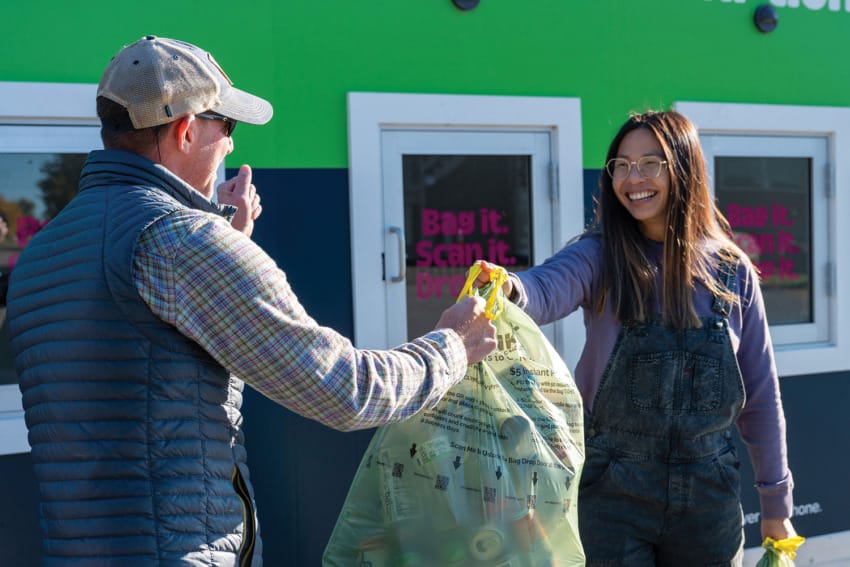Your questions, answered
Bottle bills are often complex, so we are here to address your questions.

Support
We’re here to help
Bottle Bills can be complicated in terms of what is covered and what isn’t. When things go wrong, please know that we are here to help. We can help manage any issues and answer any questions you have. Our Customer Support is highly regarded by our community and can be reached Mon-Fri, 9 am to 5 pm at 1-866-883-4113.
CLYNK 101
How does CLYNK work?
How do I start?
Where do I get CLYNK bags and why do I have to use CLYNK bags?
How does CLYNK know which bags are mine? Where do I get bag tags?
Where do I drop off my CLYNK bags?
What items can go in my CLYNK bag?
How do I get my deposit back from CLYNK?
How does CLYNK get paid?
Fundraising
Who can use CLYNK to Give?
How do I sign up for a CLYNK to Give account
How can I donate to a CLYNK to Give account?
Account
I forgot my Password/PIN, what now?
What do I do if my CLYNK balance is incorrect?
Where can I view my account information?
What do I do if I lost my card?
What do I do if I need to close my account?
Need help? We’re here for you
Our expert team is here to answer any and all of your questions. We’re available Mon-Fri 9 am to 5 pm.
Log in to your CLYNK account
You’re a few clicks away from your environmental impact stats, donating to your favorite charity, viewing your account balance, and more!